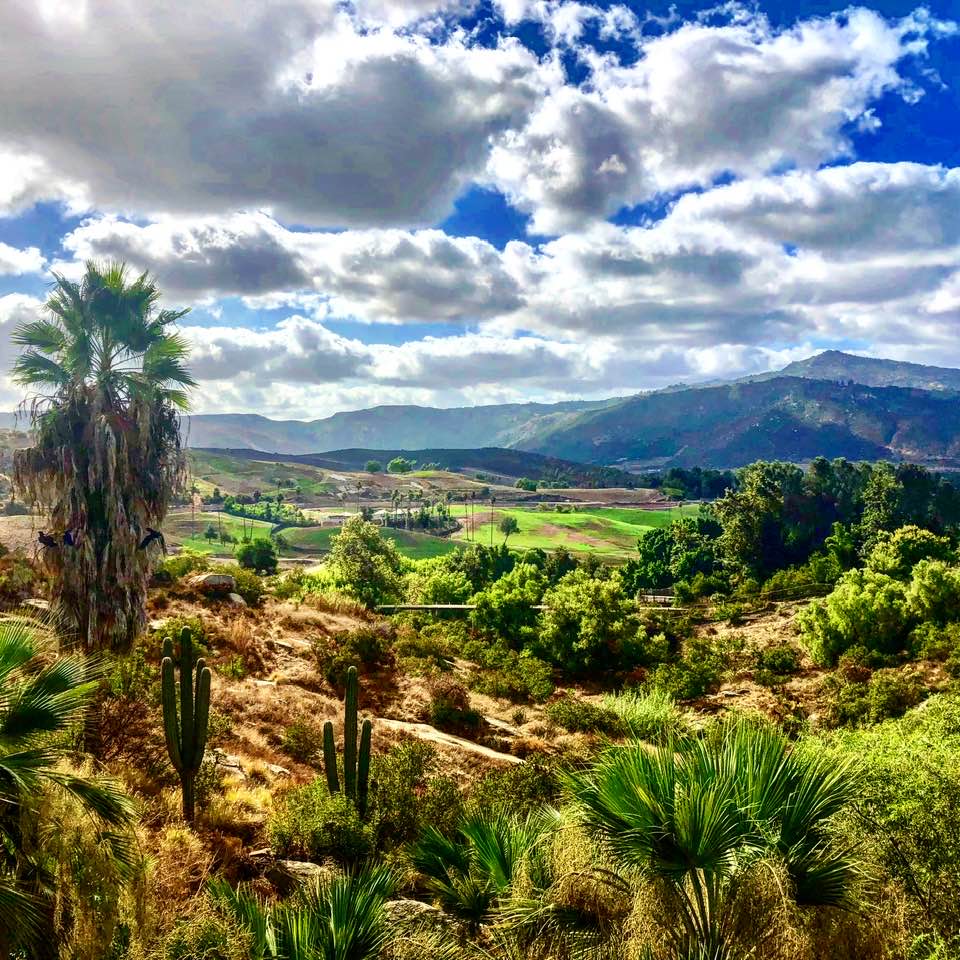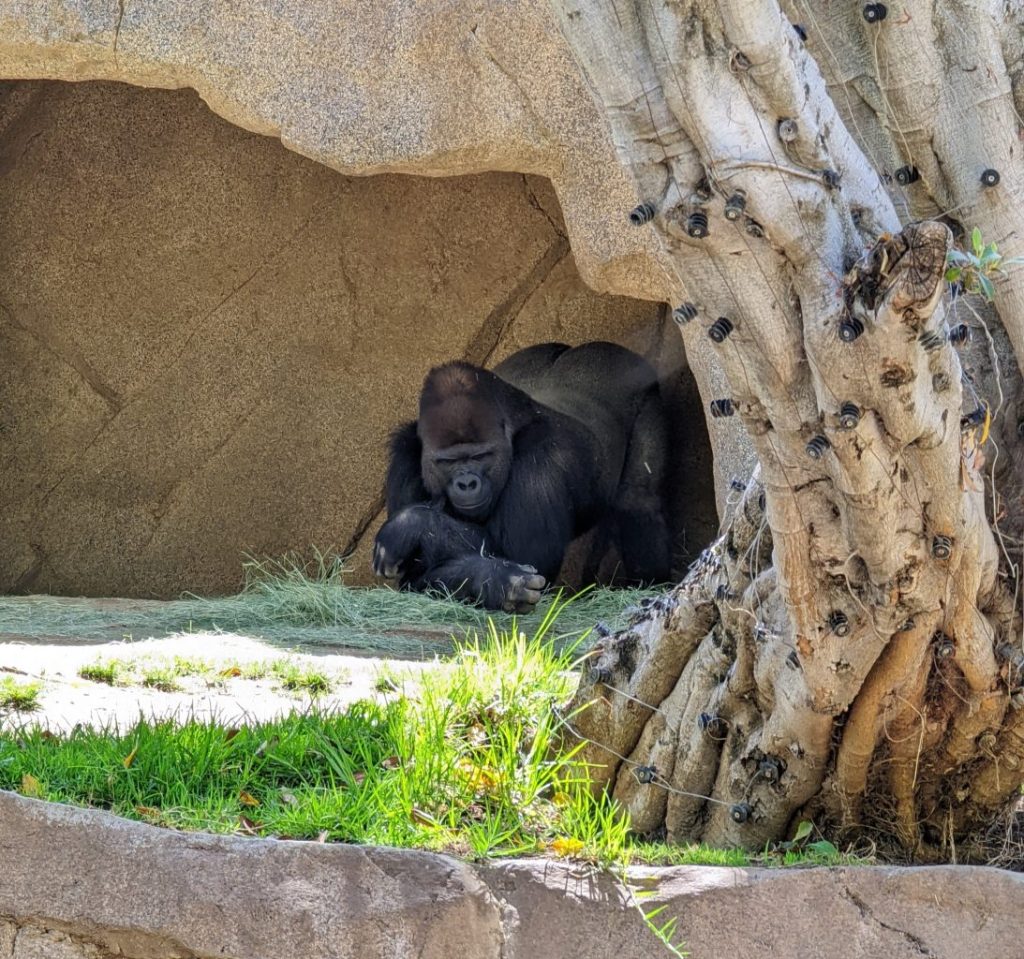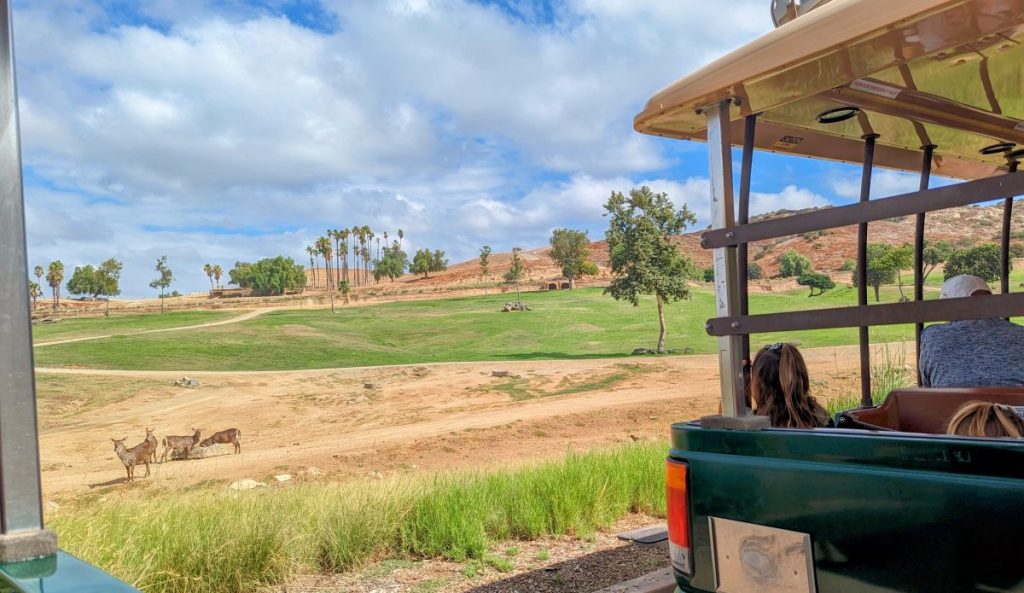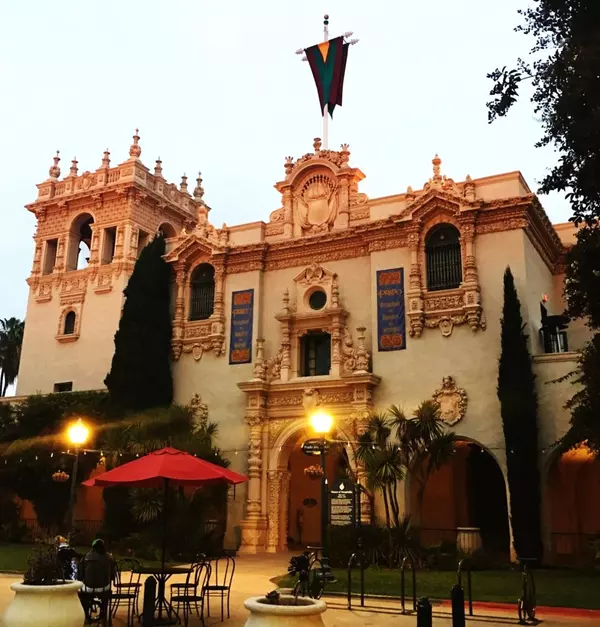San Diego Zoo Safari Park: Insider Tips from a Local
My husband and I absolutely love the San Diego Zoo and its sister property, the San Diego Zoo Safari Park (previously known as the San Diego Wild Animal Park). So much so, that we’ve been members for years.
We appreciate the impressive number and species of animals housed here, the lush gardens, and the picturesque settings of these two parks. But more importantly, the Zoo and Safari Park are a renowned conservation organization. They have several programs committed to preserving endangered wildlife species worldwide.

The San Diego Zoo is located in Balboa Park while the San Diego Zoo Safari Park is situated 35 miles northwest of San Diego in the rolling hills of the San Pasqual Valley near Escondido.
With a massive 1,800 acres of land, 300 species and more than 3,600 animals on site, the Safari Park can feel overwhelming for a first-time visitor. However, with some advanced planning and tips we’re providing, you’ve got the tools to ensure your remarkable experience.
Timing Your Visit
Of no surprise, weekends and holidays are always the busiest times to be at the Safari Park, as are the summer months when many families vacation in San Diego. Getting to the park as early as possible to park opening is wise for many reasons.
The animals are more active in the morning, you’ll navigate fewer crowds, it’s the ideal time to watch shows and keeper talks, and if you’re visiting in the summer, this park can get quite warm as it’s more inland. Temperatures can easily reach the high 80s and, on some days, well into the 90s.

Other months of the year tend to be much more comfortable and here’s an insider tip you’ll appreciate: more animals give birth in the spring, so if you’re visiting at this time, you’re likely to see more of these adorable babies.
Pre-Planning Your Visit- Pre-Purchase Tickets and Download the App
Plan to spend no less than a full day here if you want to get the most out of your Safari Park experience. I highly recommend downloading the San Diego Zoo Safari Park app. This GPS-enabled map will allow visitors to view the daily schedule, discover dining and activities, import their tickets or memberships to the digital wallet and add their must-see wildlife to the day planner. Though paper maps are available after passing through the Safari Park entrance, guests can download a PDF map to familiarize themselves with the layout of the Park. Download it here for Android or Apple devices.
In addition, if you want to avoid the lines at the ticket booths at the Park entrance, you can purchase your tickets and tours in advance (more about tours a bit later).
Tickets can be purchased online here or used in combination with a San Diego Go Explorer Pass, or San Diego CityPASS. If, however, you are using the veterans’ or AAA membership discounts on admission, these tickets must be purchased at the park entrance.
Money Saving Tip: If you plan to visit the San Diego Zoo and the San Diego Safari Park, you can also by a combo-ticket that saves you a little bit of money.

What to Wear for the Safari Park
Depending upon the time of year, it’s always good to check the weather forecast. Just be sure to check the weather conditions in Escondido versus San Diego as these areas can vary quite a bit. My best advice is to layer your clothing. You may want that jacket or sweater for your early morning arrival and then not need it once the sun comes out. Or need it again, once the sun goes down. Also, I’m a big fan of wearing cotton clothing that’s cool and comfortable. And if you want to dress in safari-type attire, go for it. It’s all part of the experience, and you won’t be alone.
Since you’ll be doing a lot of walking in the Park, be sure to wear good tennis shoes or hiking shoes. DO NOT wear flip-flops. You are not at the beach and you’ll regret this decision by the end of the day.

What to Pack for Your Visit
Make sure to come prepared for your Safari Park visit, especially if you’re bringing little ones with you. Even if you don’t, you’ll be glad to have these items during your exploration time. To ensure we don’t forget the necessities, we make a list and then check those items off as they’re packed to go.
Use a Light Backpack
Don’t forget your backpack! This is the best way to carry your most-needed items, but do keep your backpack a lightweight type so it doesn’t become too heavy as the day unfolds.
Take a Re-useable Water Bottle
We make sure to include a re-usable water bottle for each family member and we keep it in the freezer overnight, then fill it with ice water in the morning before leaving for the Park. There are places to get refills throughout the Park including complimentary ice water from vendors you can use to refill your bottle.

Bring Your Own Snacks and Meals
I do not pack meals when visiting the Safari Park, but you certainly can. Because the non-profit organization consisting of the San Diego Zoo and San Diego Safari Park are unable to customize food items to meet all dietary restrictions, they allow outside food to be brought into the park. This can be a big cost-saver for families and I’ve seen many of them take advantage of this option.
When our family visits, however, we do bring snacks. You’d be surprised at how hungry you will be with all the walking you’ll be doing. Our favorites? Granola bars, fruit snacks, and trail mix.
Be aware that you can’t bring glass bottles, straws, and large coolers.

Don’t Forget Your Hat, Sunglasses, Sunscreen, Wipes and Hand Sanitizer
This might seem like an unnecessary reminder, but when you’re getting ready to head to the Park in the morning, these are items that can be easily missed. Again, the park can get quite warm, especially during the summer and early fall months, so you’ll want to make sure to protect your skin with a good hat, sunglasses and sunscreen.
And speaking of protection, I always keep a small pack of hand wipes and hand sanitizer with me, especially when I’m sharing public spaces (and germs) with others (and animals!).
Take Binoculars
If you have binoculars, make sure to bring them along. You’ll be glad you did when they provide some unbelievable close-ups of the animals. The lighter the better so they’re not too heavy to lug or carry. If you don’t, here are some lightweight ones that even connect to your phone for some cool photos!
Now that we’ve established your planning and packing strategies, let’s talk about the tips you’ll need once you’re in the Safari Park to make your visit even better.

Start Your Visit with the Africa Tram
The difference between the San Diego Zoo and San Diego Zoo Safari Park is the number of animals that run practically free-range in the Safari Park. This is mainly due to the park’s initial designation as a breeding facility for rare and endangered species. Hence, animals here have a lot more space to roam.
We always begin our Safari Park experience with an expedition on the Africa Tram. Not only is this a relaxing adventure on a path that takes visitors around some of the savanna habitats, but the 25-minute guided tram tour offers a myriad of information about the Park and the opportunity to see more wildlife in what’s designed to be close to their original habitat.
Tour tip: The Africa Tram is located in the African Outpost. You don’t need reservations, so it’s a first-come, first-serve experience. Try to get seats on the left side of the tram as this will give you the best opportunity for sightings and photos.

Must-See Animals and Exhibits
While there’s so much to see and explore animal-wise at the San Diego Zoo Safari Park, we have our favorite areas and exhibits that shouldn’t be overlooked as these stand out as absolute winners in our book.
Walkabout Australia
When the Safari Park opened Walkabout Australia, we were so excited! Imagine walking a picturesque path without barriers between you and the Australian wildlife, where wallabies and kangaroos cross your paths and meander the grounds at leisure. Walkabout also includes a platypus exhibit, the only facility with these beautiful creatures seen outside of Australia.

Tiger Trail
Sumatran tigers call Tull Tiger Trail their home, representing one of the best-designed tiger enclosures in the world. Guests will find great photo spots and amazing viewing windows as these beautiful cats pace back and forth in front of the viewing windows, lounge by the water, cool off in the stream and stretch out on rock outcroppings overlooking the waterfalls.

Sadly, fewer than 400 Sumatran tigers exist in the wild and thanks to dedicated conservation efforts, over 25 tiger cubs have been born at the Safari Park. This is also one of the exhibits that you can visit on one of your last stops in the Park since tigers are mostly nocturnal and are more active at twilight.
World Gardens and Condor Ridge
Just a short distance stroll from Walkabout Australia and Tiger Trail leads to the highest vistas in the Safari Park featuring desert cacti and Native American fauna frequently seen in the Southwest. Here you’ll find the black-footed ferret, desert big-horned sheep, bald eagles, and the endangered California condor among others. And the area provides an expansive and impressive view of the Park and the surrounding San Pasqual Valley.

African Outpost
This meandering loop takes guests past a variety of African birds and mammals including waterfowl and includes the Lion Camp and Cheetah Run. You’ll find okapi, rhinos, nyalas, red river hogs, vultures and more.
Dining at the Safari Park
Visitors have 17 different dining experiences to select from in the Park with a variety of menus ranging from burgers and hot dogs to Mexican-inspired entrees, soups, salads, pizza and paninis.
Our favorite place to dine, however, is the open-air Watering Hole at Kijamii Overlook offering incredible views of the African Plains as you enjoy tasty sandwiches, fresh salads and an alcoholic or non-alcoholic beverage of choice. You’ll get a much-needed break, will love the surroundings and savor the moment. Reservations are highly suggested.

Take a Safari Tour- Add-On Experiences
This will take some advance planning and reservations, but these up-close-and-personal add-on experiences are so worth it, even if you just choose one.
The San Diego Safari Park offers nine different safari experiences with 27 variations. They range from open-air caravan safaris, behind-the-scenes safaris, the fascinating cheetah run, and more to roar and snore safaris, which are overnight sleepover adventures in nature.
Our favorites and ones we recommend to locals and visitors are the Caravan Safari (the most popular tour at the Park) and the Roar and Snore, where you don’t have to get an expensive ticket to South Africa to hear the sounds of the elephants, lions and more nearby.


This is an ideal park to venture into these unique experiences and one of the main reasons visitors come to the Safari Park or return for a future visit.
There are a host of other activities in the Safari Park that can more than help fill in your entire day’s visit which include animal encounters, a Lorikeet Feeding Experience, a petting zoo, and so many charming shops in each of the areas of the Park.
Whenever you choose to visit and whatever activities or tours you decide to schedule in the San Diego Zoo Safari Park, we hope your experience becomes a magnificent experience you’ll long remember.
Last Updated on May 30, 2024 by Maria Haase
The post San Diego Zoo Safari Park: Insider Tips from a Local appeared first on San Diego Explorer.
Categories
Recent Posts





![Things To Do On Halloween in San Diego [2024]](https://img.chime.me/image/fs/chimeblog/20241004/16/w600_original_1800ae7e-eb4c-4ea2-a448-188e389d6c0a-jpg.webp)




GET MORE INFORMATION


